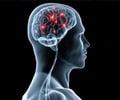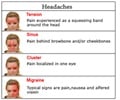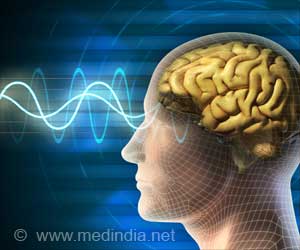Animals that process information using a preferred hemisphere of the brain fare better those who use both sides of their brain simultaneously, a new study has said.
Animals that process information using a preferred hemisphere of the brain fare better those who use both sides of their brain simultaneously, a new study has said.
According to a report by ABC News, the study suggests the brain operates like a dual processor in a computer, with each of the brain's two sides kicking into action depending on the content or context of the information.Dr Culum Brown of the Department of Biological Sciences at Macquarie University in Sydney, and colleague Maria Magat, focused their research on several different types of Australian birds, such as gang-gangs, sulfur-crested cockatoos and Australian king parrots.
All of the birds participated in two tests designed to test their cerebral lateralisation, meaning how strongly each bird preferentially processes information using either hemisphere of the brain.
The first task was a simple pebble-seed discrimination test, where the birds had to pick seeds out of a background of similar sized pebbles.
The second task was more demanding.
The researchers attached food to the end of a suspended string that the birds had to manipulate with their beaks and feet in order to get the tasty reward.
Advertisement
This means that the most successful birds have a very strong cerebral lateralisation, which "is influenced by both genes and experience," according to Brown.
Advertisement
Carrying the findings over to humans, this suggests, in part, that a right-handed person isn't more successful than a left-handed one, and vice-versa.
But people who always favour a certain hand, foot or eye for certain tasks will likely perform better than those who don't exhibit obvious preferences.
Brown said that there are several reasons why such specialized division of the brain confers benefits to the individual.
"Firstly, it means that a given hemisphere can become increasingly specialized at processing certain types of information," he said.
According to Brown, assigning particular tasks to each side of the brain avoids conflict between the two hemispheres, and allows "multiple sources of information to be processed simultaneously, that is to say, animals can multitask like a dual processor in a computer."
Source-ANI
RAS












